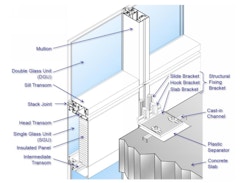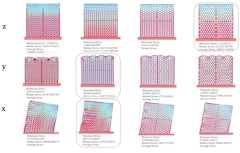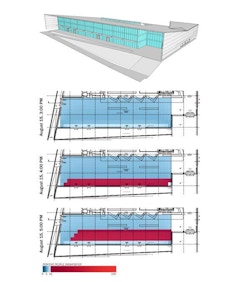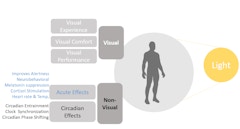
BuildingNY 2021
High Performance Façades: Delivering Better Thermal, Safety, and Acoustical Performance, Presented by the Facade Tectonics Institute

High Performance Façades: Delivering Better Thermal, Safety, and Acoustical Performance, Presented by the Facade Tectonics Institute

Heat transfer through building facades can occur by any combinations of conduction, convection, and/or radiation. Conductive heat transfer depends on

Increased security needs have led to a demand in enhanced curtain wall facade performance. In addition to thermal, acoustic, and structural

The European building stock is mainly constituted by highly energy demanding buildings. The only way to a more sustainable and decarbonized building

This research looks at the relationship of material and geometric distribution to set a methodology for integrating structural and thermal design.

Direct sun on the body is a known potential cause of thermal discomfort for occupants, yet most thermal comfort simulations do not capture its


FTI's Advocacy Committee submitted three proposals in response to the USGBC's LEED v4 announcement including recommendations to add a credit for assessing condensation resistance, a bundling option that ensures appropriate envelope performance, and improved delivery of thermal comfort near facades.

Until recently, Google has occupied buildings that were designed for others and modified the interiors to suit its needs. Many of the improvements



Ivan Lee, a Building Science Consultant at Morrison Hershfield recognizes the importance of mitigating thermal bridging to meet low energy targets for buildings. He points out that many jurisdictions are starting to incorporate thermal bridging into their codes and standards

Thermal bridging through building facades have been overlooked or over-simplified by designers and building energy codes and standards in the past, which has led to higher space heating and cooling loads, occupant discomfort, and higher risk of condensation.


The use of bidirectional scattering distribution function incorporated in a transient systems simulation program, allows engineers to accurately


Electrochromic windows introduced to building market as a smart glare control solution to provide visual comfort for building occupant. EC glazing
